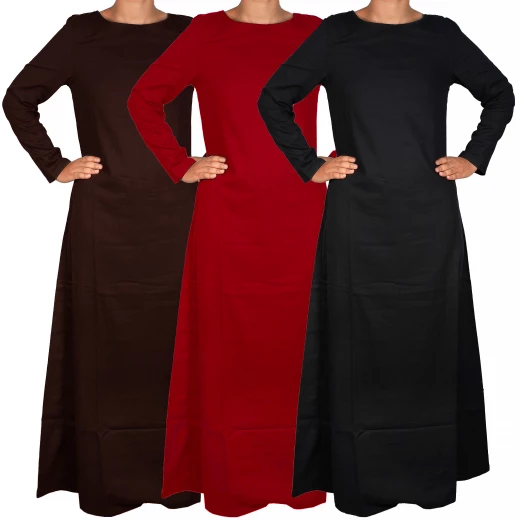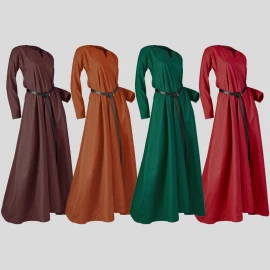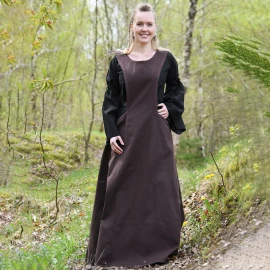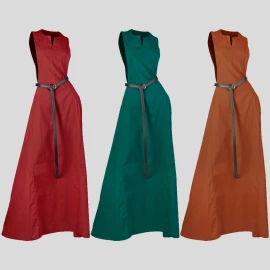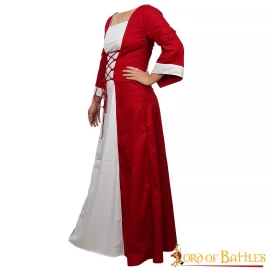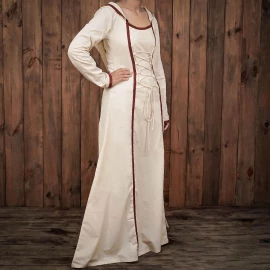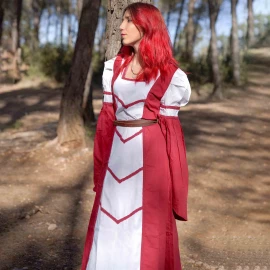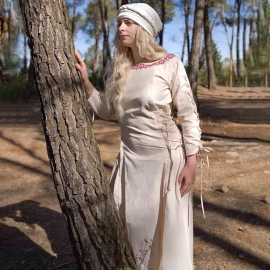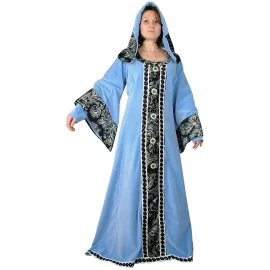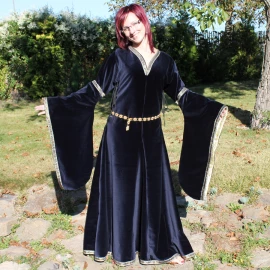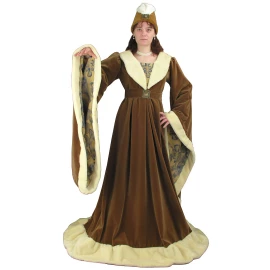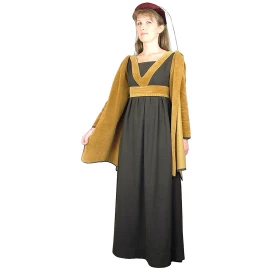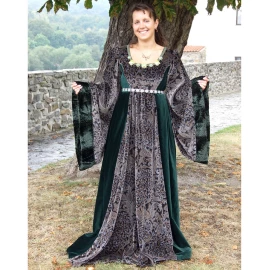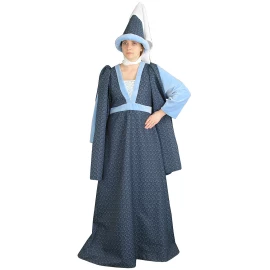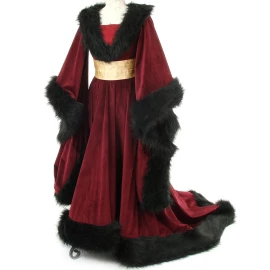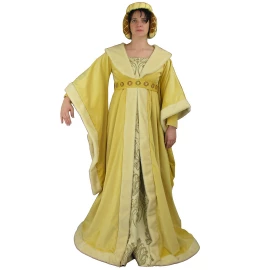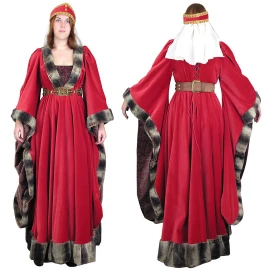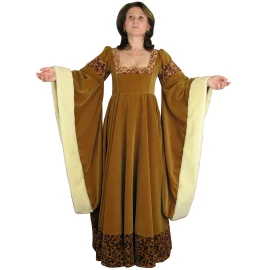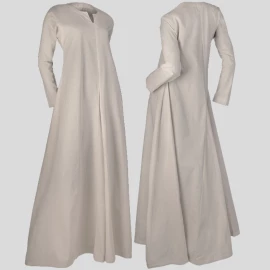10-15th cen. Ladies dress
€62,00
€62,00 excl. VAT
In stock
16
pcs
 , dispatch on: 29-Jul-2024
, dispatch on: 29-Jul-2024
Item physically stored in our Warehouse in Kadan
These variants are in stock
Size:
M,
Colour:
red
2
pcs
2
pcs
Size:
L,
Colour:
red
2
pcs
2
pcs
Size:
3XL,
Colour:
red
2
pcs
2
pcs
Size:
L,
Colour:
brown
2
pcs
2
pcs
Size:
XL,
Colour:
brown
2
pcs
2
pcs
Size:
M,
Colour:
black
2
pcs
2
pcs
Size:
L,
Colour:
black
2
pcs
2
pcs
Size:
3XL,
Colour:
black
2
pcs
2
pcs
SKU: LB_300986
10-15th cen. Ladies dress
- Available in colours: Black, Brown, Red
- Sizes: L, M, S, XL, XXL, 3XL
- Weight approx. 517 g (size L), 570 g (size XL) and 688 g (size 3XL)
High quality product of the brand Mythrojan.
Write to our specialist


